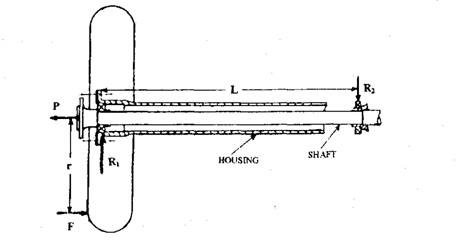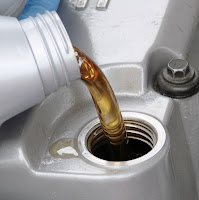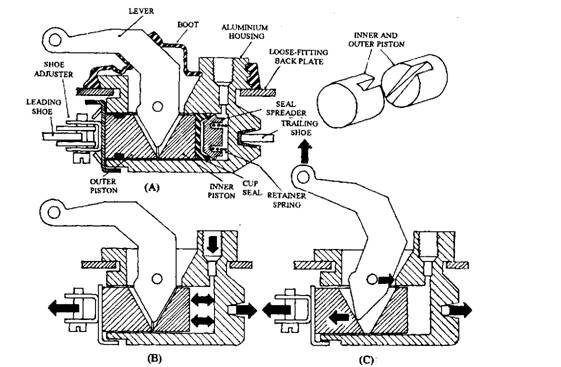LIFE IS A BIG EXAM

LIFE IS A BIG EXAM God is a great examiner We all are students in his class Our life is an answer book To write down our answer The world is the examination hall We assemble here to sit The time allowed is three hours The first hour of exam… Is spent in the childhood The second hour of exam… Is spent in enjoying the youth. And the final hour of exam, my dear Is the old age. The final call given by god, Signifies the end of the examination. Our answer books are snatched away And life comes to an end!!! So, do something better in the exam….



